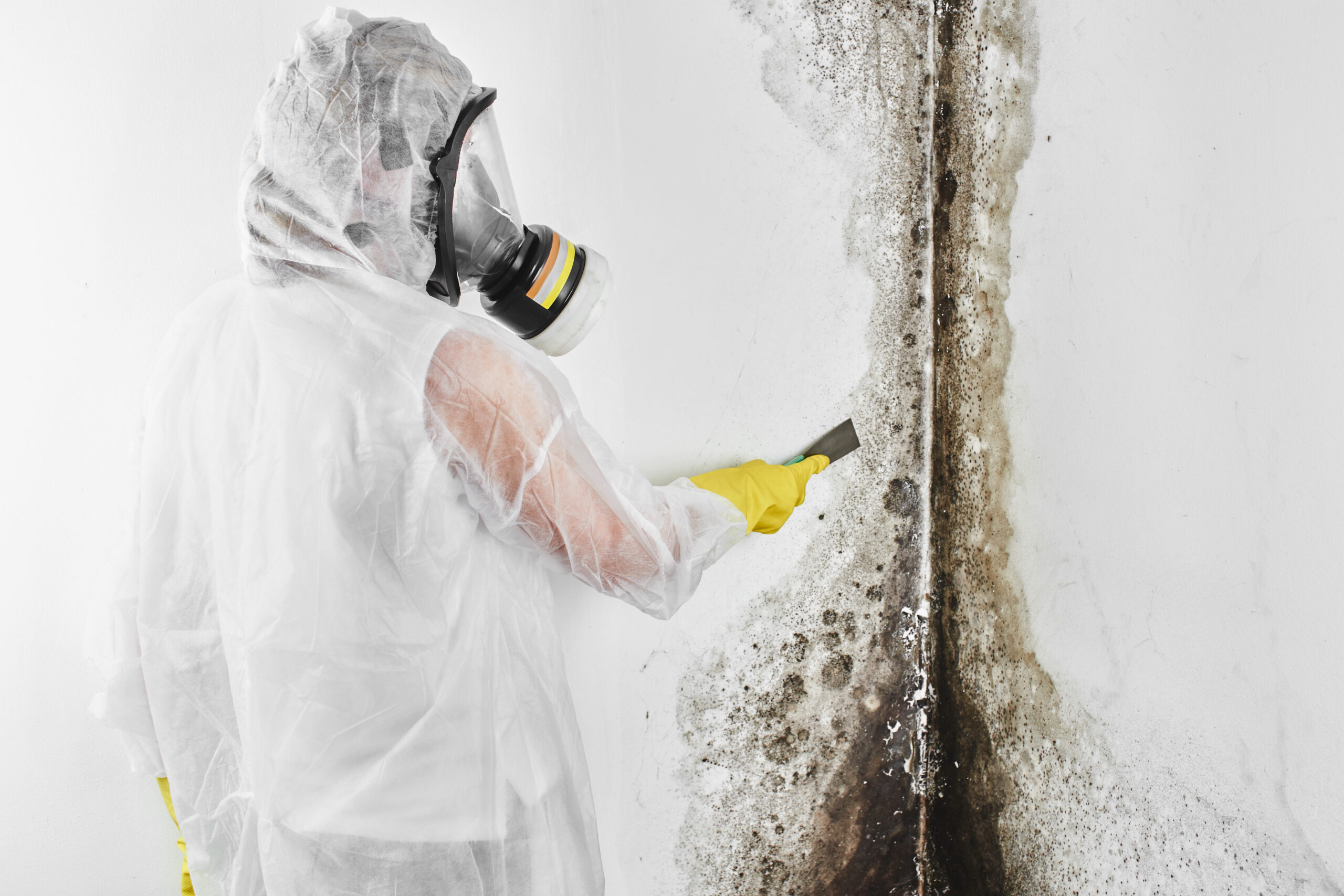Mold, a standard household concern, can have far-reaching implications on our well being that always go unnoticed. From the innocuous bathe mold to the insidious hidden mould in damp corners, it's essential to comprehend the potential health dangers associated with mildew exposure. This comprehensive guide delves into the intricate particulars of mildew, its influence on well being, and preventive measures to safeguard yourself and your loved ones.
The Silent Intruder: Mold Explained
Mold, a kind of fungus, thrives in damp and humid environments. Visit the website reproduces by releasing tiny spores that float within the air and settle on surfaces. These spores can set off mold development after they discover suitable conditions—moisture, natural material, and heat.
Health Risks Posed by Mold Exposure
While mold performs an important role in breaking down organic matter in nature, its presence indoors can have adverse results on well being. Mold spores, when inhaled, can result in a variety of well being points, together with:
1. Respiratory Problems: Mold spores can irritate the respiratory tract, resulting in signs like coughing, sneezing, and congestion. For individuals with allergies or asthma, mould publicity can exacerbate their circumstances.
2. Allergic Reactions: Some individuals are hypersensitive to mildew allergens, experiencing allergic reactions such as pores and skin rashes, itchy eyes, and a runny nose.
three. Mycotoxin Exposure: Certain molds produce mycotoxins—harmful substances that may have critical health implications when inhaled or ingested. Prolonged exposure to mycotoxins can result in more extreme symptoms.
4. Infections: While rare, mildew can cause infections in individuals with weakened immune methods. These infections can have an result on the skin, eyes, and even the respiratory system.

5. Neurological Symptoms: Recent studies recommend a possible link between mold exposure and neurological signs, though extra research is needed to determine a concrete connection.
Identifying Mold in Your Environment
Mold can grow wherever with excess moisture—basements, loos, kitchens, and even hidden areas like within walls. Keep an eye out for indicators of mould development:
• Discoloration: Look for patches of green, black, brown, or white on walls, ceilings, or floors.
• Musty Odor: A sturdy, musty scent is commonly an indicator of mould growth.
• Water Damage: Mold usually thrives in areas which have experienced water harm or leaks.
Preventing Mold Infestations
Prevention is the important thing to minimizing mold-related well being risks. Here are some steps you presumably can take:
1. Control Moisture: Keep your house well-ventilated and dry. Use dehumidifiers if necessary, particularly in damp areas like basements.
2. Address Leaks Promptly: Fix any leaks or water damage immediately to forestall mould growth.
3. Regular Cleaning: Regularly clean and vacuum your house to take away mildew spores and prevent buildup.
4. Proper Ventilation: Ensure correct airflow by utilizing exhaust fans in bogs and kitchens.
5. Seal Cracks and Openings: Seal gaps and openings in walls, roofs, and home windows to stop moisture infiltration.
Mold Remediation and Removal
If you discover a big mold infestation, it is best to hunt professional assist for protected and efficient removal. DIY makes an attempt can disturb mold spores, resulting in increased well being dangers.
Understanding the well being dangers linked to mould publicity is essential for maintaining a safe and healthy residing surroundings. By recognizing the signs of mildew development, taking preventive measures, and addressing any points promptly, you can scale back the dangers related to mold exposure and guarantee the well-being of yourself and your family. Remember, a mold-free home contributes to a more healthy, happier life.
